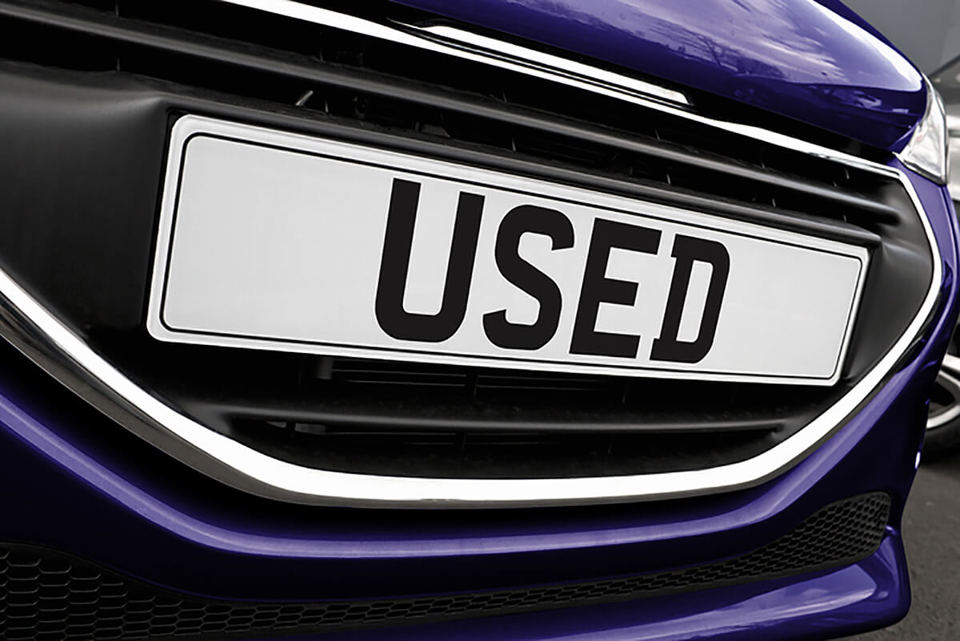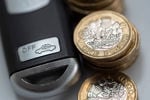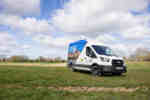While fleets could be in for a windfall because of the shortage of vehicles coming on to the used vehicle market, they still need to ensure they buy the right vehicles now to get the healthiest returns in the future.
The most important message to fleets is to select the right vehicles with the right level of equipment and the right colour, says Tim Naylor, BCA’s public relations manager.
“A lot of companies are still not paying enough attention to the model cycles, specifications, etc,” he says.
Awareness of model renewal cycles is becoming more important as manufacturers continue to shorten vehicle lifecycles.
Ordering a batch of models that are being run out and will be replaced by a new model in a matter of months could prove a false economy.
While they are likely to be higher levels of equipment and may be attractively priced, if its replacement model proves popular, the previous model’s RVs will suffer.
Paying attention to what other models are about to be launched is also important.
“As more models and marques come to the market, even though there will be a shortage of used cars, it will be more important for RVs to have the right cars with the right specifications,” says Professor Peter Cooke, who authored the 2010 BCA Used Car Market report.
“The message I have for fleets is that you must get the specification right,” he said. “You need to specify the new vehicle to make it attractive as a used vehicle.”
Cooke pointed out that while lease companies and larger fleets are well versed in planning for resale when specifying new vehicles, smaller fleets – those with under 25 vehicles – are still failing to look at resale when they order replacement vehicles.
Fleets must also remain focussed on how the used car market is performing.
It has been particularly volatile over the past two years with massive falls in prices paid for used vehicles in late 2008 countered with significant rises in late 2009.
Those falls hit lease companies hard and drove up lease costs as they sought to recover the millions wiped off their balance sheets by falling residual values.
Now BCA data shows average used car selling prices recovered strongly last year rising from £4,868 in 2008 to £5,422 in 2009.
Latest data shows relative stability appearing now to have returned to the used vehicle markets with seasonal trends reappearing.
However, as new car and van sales remain low , sellers and buyers need to prepare for the impending shortage in the used vehicle markets.
New car sales, which had been above the 2.5 million mark between 2002 and 2004, dropped by 6.4% to 1.99 million units last year, following an 11.3% fall in 2008.
New car sales were also boosted by the scrappage scheme, which helped fund an additional 285,000 new car deals. Without the scrappage, last year’s sales would have dropped by 19.8% year on year to 1.71 million, which is comparable to the lowest annual volumes recorded in the last 20 years, when figures of 1.6 million units were recorded in 1991 and 1992.
New car sales to 25-plus fleets, which were not party to the scrappage scheme, fell by 20.5% to 882,415 units, while the sub-25 business sector also saw its new car volumes drop by 24.2% to 98,280 in 2009, from 129,573 units the previous year.
The SMMT’s latest forecast sees the new car market rising 1.2% above the 2009 level to 2.018 million units.
However the outlook is difficult to predict due to uncertainty over the state of the economy, impact of VAT changes at the start of 2011, levels of pent-up business demand and manufacturing capacity.
For residual values to be sustained or improve, demand must remain strong. Indications are that this will be the case.
The number of motorists who think they, or a member of their family, will ‘certainly’ or ‘quite likely’ buy a used car in the next 12 months, dropped by just one point in this year’s survey to 16% – while those who believe there is a 50:50 chance of doing so rose two points to 10%.
Two out five motorists intend to buy a used car next time they change, although the number of prospective buyers planning to buy a nearly-new car has fallen to 8%; compared with 9% last year and 13% three years earlier.
However, there a fear that the October spending review and a possible double-dip recession could drive down demand in the used market and this is something fleets must remain cautious of.

















Login to comment
Comments
No comments have been made yet.